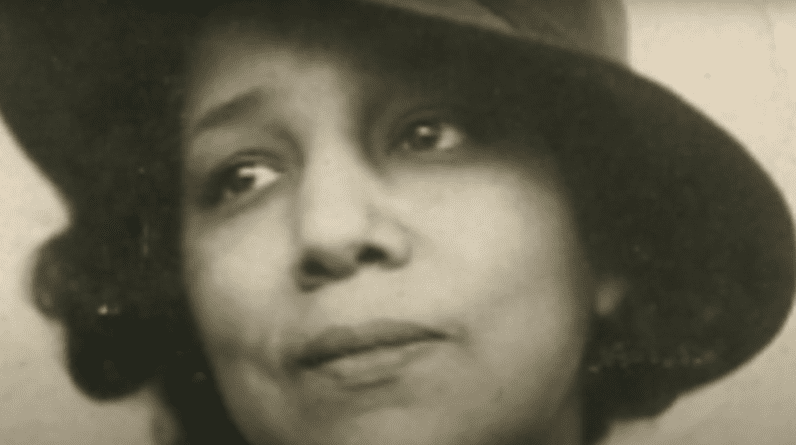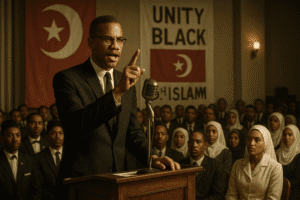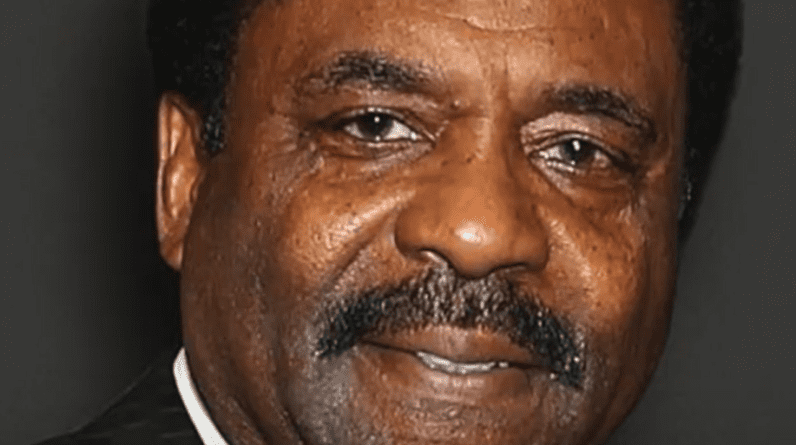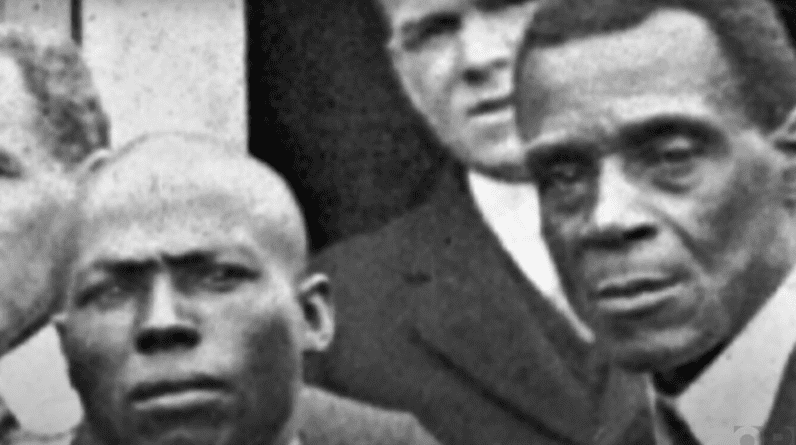
Struggle for African American Rights
The Struggle for African American Rights. In the fight for justice, equality, and basic human rights, African Americans have endured a long and arduous journey. From the days of slavery to the Civil Rights Movement and beyond, the struggle for African American rights has shaped the history of the United States. This article explores the challenges faced by African Americans throughout history, highlighting the bravery, resilience, and determination of individuals who paved the way for progress and social change. Join us as we delve into the powerful stories of those who fought against oppression, discrimination, and systemic racism, and discover the triumphs achieved in the ongoing battle for African American rights.

Slavery and Pre-Civil War Era
Origins of Slavery in America
The origins of slavery in America can be traced back to the early 17th century, when the first African slaves were brought to the English colonies in Virginia. These slaves were primarily used as laborers on tobacco and cotton plantations, as the plantation economy began to flourish. The institution of slavery was fueled by the demand for cheap labor, and African slaves were seen as a profitable solution. This marked the beginning of a dark chapter in American history, where millions of Africans were forcibly taken from their homes and subjected to a life of bondage and oppression.
Slave Trade and Plantation Economy
The slave trade played a crucial role in sustaining the plantation economy of the southern states. African slaves were bought and sold like commodities, with traders profiting immensely from this inhumane practice. Slavery became deeply ingrained in the fabric of society, as the southern states relied heavily on slave labor to cultivate crops such as cotton, tobacco, and sugar. The plantation owners accumulated vast wealth, while the slaves endured unimaginable hardships and brutal treatment. The economic prosperity of the South was built on the backs of enslaved African Americans.
Slave Resistance and Rebellion
Despite the harsh conditions they faced, slaves demonstrated remarkable resilience and resistance. From acts of sabotage and defiance to organized rebellions, slaves resisted their bondage in various ways. Famous rebellions such as the Nat Turner Rebellion and the Stono Rebellion challenged the authority of slaveholders and highlighted the simmering discontent among the enslaved population. While these rebellions were often brutally suppressed, they served as powerful symbols of resistance and a reminder of the determination of African Americans to fight for their freedom.
Abolitionist Movement
Early Abolitionist Efforts
The abolitionist movement gained momentum in the early 19th century, with individuals and groups advocating for the immediate end to slavery. These early abolitionists, both black and white, worked tirelessly to raise awareness about the atrocities of slavery and mobilize public opinion against it. They organized lectures, published newspapers, and engaged in public debates to challenge the legality and morality of owning slaves. Their efforts laid the foundation for the eventual eradication of slavery in the United States.
William Lloyd Garrison and The Liberator
One of the most influential figures in the abolitionist movement was William Lloyd Garrison. Through his newspaper, The Liberator, Garrison denounced slavery as a sin against humanity and called for its immediate abolition. He used his platform to rally support and expose the horrors of slavery to a wider audience. Garrison’s uncompromising stance and dedication to the cause inspired many others to join the fight against slavery, laying the groundwork for a more organized and united movement.
Frederick Douglass and Narrative of the Life of Frederick Douglass
Frederick Douglass, an escaped slave turned abolitionist, played a pivotal role in the fight against slavery. His autobiography, “Narrative of the Life of Frederick Douglass, an American Slave,” provided a firsthand account of the brutality and dehumanization of slavery. Douglass became an eloquent speaker and writer, using his experiences to expose the inherent cruelty of the institution. His powerful storytelling and intellectual prowess made him a prominent figure in the abolitionist movement, and his efforts contributed significantly to shifting public opinion towards the abolition of slavery.
Civil War and Emancipation
Causes of the Civil War
The causes of the Civil War were deeply rooted in the issue of slavery. The growing tensions between the Northern and Southern states over the expansion of slavery eventually culminated in armed conflict. The Southern states, heavily reliant on slave labor, feared that the Northern states’ opposition to slavery would threaten their economic and political power. The abolitionist movement and the election of Abraham Lincoln, who opposed the expansion of slavery, further aggravated these tensions. Ultimately, the battle over slavery became the catalyst for the Civil War.
The Emancipation Proclamation, issued by President Abraham Lincoln in 1862, was a significant turning point in the fight against slavery. This executive order declared that all slaves held in Confederate territory were to be set free. Although the proclamation did not immediately free all slaves, it shifted the focus of the war from merely preserving the Union to the liberation of the enslaved population. The Emancipation Proclamation also paved the way for the eventual passage of the Thirteenth Amendment, which abolished slavery in the United States.
Role of African American Soldiers in the War
African American soldiers played a vital role in the outcome of the Civil War. Despite facing discrimination and unequal treatment, thousands of African Americans enlisted in the Union Army and fought bravely on the front lines. The efforts and sacrifices of African American soldiers challenged prevailing stereotypes and demonstrated that they were not only capable but essential in securing victory for the Union. Their service in the war further strengthened the argument for equal rights and laid the groundwork for future advancements in civil rights.
Reconstruction Era
Passage of Reconstruction Amendments
Following the Civil War, a period known as Reconstruction aimed to rebuild the nation and address the issues of slavery and racial inequality. The Reconstruction Amendments, consisting of the Thirteenth, Fourteenth, and Fifteenth Amendments to the Constitution, were significant milestones in the fight for African American rights. The Thirteenth Amendment officially abolished slavery, the Fourteenth granted equal protection under the law to all citizens, and the Fifteenth granted African American men the right to vote. These amendments laid the foundation for equality and citizenship for African Americans.
Black Codes and Jim Crow Laws
Despite the progress made during Reconstruction, African Americans faced significant challenges as white supremacy groups and Southern legislatures sought to reestablish control. Black Codes and later Jim Crow laws were passed, severely restricting the rights and freedoms of African Americans. These laws enforced racial segregation, denied access to public facilities, and imposed oppressive conditions on African American communities. The imposition of these discriminatory practices perpetuated racial divisions and hindered the progress towards equality.
Fight for Suffrage and Civil Rights
The fight for suffrage and civil rights became central in the quest for African American equality. African American leaders such as Sojourner Truth, Ida B. Wells, and Mary Church Terrell played pivotal roles in advocating for women’s suffrage and civil rights. The formation of organizations like the National Association of Colored Women and the National Urban League provided platforms for African Americans to assert their rights and fight against the oppression and discrimination they faced. These efforts set the stage for future civil rights activists and movements.

This image is property of images.unsplash.com.
Early Civil Rights Activism
NAACP and W.E.B. Du Bois
The National Association for the Advancement of Colored People (NAACP), founded in 1909, became a leading force in the early civil rights movement. The organization aimed to secure equal rights for African Americans through legal and legislative means. W.E.B. Du Bois, a prominent African American intellectual and civil rights activist, played a key role in the formation of the NAACP. Through his writing and advocacy, Du Bois challenged racial inequality and fought for full political, social, and economic rights for African Americans.
Marcus Garvey and Back to Africa Movement
Marcus Garvey, a Jamaican-born activist, advocated for black self-determination and empowerment in the early 20th century. Through his organization, the Universal Negro Improvement Association (UNIA), Garvey promoted the idea of a separate African nation and encouraged African Americans to embrace their African heritage. The Back to Africa movement envisioned a unified African diaspora that would safeguard the rights and interests of African people worldwide. While the movement faced challenges and controversy, it marked a significant shift in the fight for African American rights.
Harlem Renaissance
The Harlem Renaissance of the 1920s and 1930s marked a cultural and intellectual awakening among African Americans. Centered in the Harlem neighborhood of New York City, this movement celebrated black art, music, literature, and intellectual achievements. Artists such as Langston Hughes, Zora Neale Hurston, and Jacob Lawrence emerged during this period, contributing immensely to the African American cultural landscape and challenging stereotypes. The Harlem Renaissance provided a platform for African Americans to express themselves and assert their identities, while also galvanizing social and political activism.
Civil Rights Movement
Brown v. Board of Education
One of the landmark cases in the civil rights movement was Brown v. Board of Education. In 1954, the Supreme Court ruled that racial segregation in public schools was unconstitutional, overturning the “separate but equal” doctrine established by the Plessy v. Ferguson decision in 1896. This ruling marked a significant victory for the civil rights movement, as it challenged the deeply ingrained system of racial segregation and paved the way for future progress in dismantling racial barriers in education and society.
Montgomery Bus Boycott and Rosa Parks
The Montgomery Bus Boycott, sparked by the arrest of Rosa Parks in 1955 for refusing to give up her seat to a white passenger, was a turning point in the civil rights movement. Led by Dr. Martin Luther King Jr., the boycott demonstrated the power of nonviolent resistance and the potential for collective action. African American residents of Montgomery boycotted the city’s segregated bus system for over a year, leading to a Supreme Court ruling that declared racial segregation on public buses unconstitutional.
Sit-ins and Freedom Rides
Sit-ins and freedom rides were nonviolent protests aimed at challenging racial segregation in public spaces, particularly in the South. Inspired by the success of the Montgomery Bus Boycott, African American activists, often supported by white allies, staged sit-ins at segregated lunch counters and organized freedom rides on interstate buses. These actions exposed the injustice of segregation and forced the nation to confront the ugly reality of racial discrimination. The sit-ins and freedom rides sparked a wave of civil rights activism and helped pave the way for the passage of civil rights legislation.
Martin Luther King Jr. and Nonviolent Resistance
March on Washington and “I Have a Dream” Speech
In 1963, Dr. Martin Luther King Jr. delivered his iconic “I Have a Dream” speech during the historic March on Washington for Jobs and Freedom. This speech became one of the defining moments of the civil rights movement, articulating a vision of racial equality and justice for all Americans. Dr. King’s message resonated deeply with millions of people, as he called for an end to racial discrimination and appealed to the nation’s conscience. The March on Washington and the “I Have a Dream” speech brought international attention to the struggle for civil rights and helped galvanize support for the cause.
Assassination and Legacy
Tragically, Dr. Martin Luther King Jr. was assassinated in 1968, cutting short his life and leadership in the civil rights movement. His assassination sent shockwaves throughout the nation and prompted widespread mourning and outrage. Dr. King’s legacy, however, endured and continued to inspire generations of activists to fight for equality and justice. His philosophy of nonviolent resistance and his steadfast commitment to achieving racial equality made a lasting impact on the civil rights movement and the broader struggle for human rights.
Black Power Movement

Malcolm X and Nation of Islam
The Black Power movement emerged as a powerful force in the late 1960s and early 1970s, advocating for self-determination and racial pride among African Americans. Malcolm X, a prominent figure in the movement, espoused the teachings of the Nation of Islam and called for a more militant approach to achieving African American rights. He emphasized the importance of black self-defense, self-sufficiency, and cultural pride. Malcolm X’s influential speeches and writings challenged the status quo and gave voice to the frustrations and aspirations of many African Americans.
Black Panthers and Militant Activism
The Black Panthers, a revolutionary organization founded in 1966, sought to address systemic issues of poverty and racism through revolutionary means. The Panthers emphasized community empowerment, self-defense, and political activism. They provided social services such as free breakfast programs, health clinics, and political education initiatives to uplift and empower marginalized African American communities. The Black Panthers’ militant rhetoric and confrontational stance towards law enforcement made them a target of government surveillance and repression, but their impact on the fight for African American rights cannot be understated.
Black Arts Movement
The Black Arts Movement of the 1960s and 1970s sought to celebrate African American culture, identity, and history through artistic expression. This movement encompassed various art forms, including literature, music, visual arts, and theater. Black artists and writers such as Amiri Baraka, Nikki Giovanni, and Maya Angelou used their creativity to challenge racial stereotypes, empower their communities, and assert their place in American society. The Black Arts Movement represented a cultural awakening and a reclamation of African American heritage, emphasizing the importance of self-expression and cultural pride.
Late 20th Century Struggles
Civil Rights Act of 1964
The Civil Rights Act of 1964 was a landmark piece of legislation that prohibited discrimination based on race, color, religion, sex, or national origin. This act outlawed segregation in public facilities and employment practices, marking a significant step towards equal rights for African Americans. The Civil Rights Act of 1964 also established the Equal Employment Opportunity Commission, which aimed to address discrimination in the workplace. This legislation set a precedent for future civil rights laws and represented a major victory for the African American rights movement.
Voting Rights Act of 1965
The Voting Rights Act of 1965 aimed to overcome the barriers that prevented African Americans from exercising their right to vote. This act prohibited discriminatory voting practices such as literacy tests and provided federal oversight to ensure fair and equal access to the ballot box. The Voting Rights Act of 1965 was crucial in dismantling many of the systemic barriers that African Americans faced in participating in the democratic process. It significantly expanded African American political representation and empowered African American communities to have a say in shaping their own futures.
Affirmative Action
Affirmative action policies were implemented in the late 1960s to address historical injustices and promote equal opportunity for marginalized groups, including African Americans. These policies aimed to combat systemic discrimination and ensure that underrepresented groups had fair access to education and employment opportunities. Affirmative action sparked intense debates and legal challenges, with critics arguing that it amounted to reverse discrimination. Despite the controversies, affirmative action played a crucial role in opening doors for African Americans and creating pathways to greater equality.
Contemporary Issues and Progress
Police Brutality and Black Lives Matter
Police brutality and the disproportionate targeting of African Americans by law enforcement have become pressing issues in recent years. Cases of unarmed African Americans being killed or mistreated by the police sparked widespread protests and gave rise to the Black Lives Matter movement. Black Lives Matter seeks to draw attention to systemic racism and advocate for reforms in policing and criminal justice. The movement has been instrumental in raising awareness about the need for police accountability and has paved the way for a broader dialogue on racial justice in society.
Obama Presidency and Symbolic Progress
The election of Barack Obama as the first African American president in 2008 marked a significant milestone in African American history. It symbolized progress and shattered long-standing racial barriers. The Obama presidency inspired hope and served as a testament to the strides made in the fight for equality. While his presidency faced challenges and criticism, it underscored the importance of representation and the potential for transformative change. The Obama presidency signified that African Americans could hold the highest office in the nation, offering a powerful example for future generations.
Ongoing Fight for Equality
Despite the progress made in the struggle for African American rights, the fight for equality is far from over. Systemic racism, socioeconomic disparities, and educational inequities continue to plague African American communities. The ongoing fight for equality demands a collective commitment to addressing these injustices and dismantling the barriers that hinder the full realization of African American rights. Through continued advocacy, education, and awareness, the path towards achieving true equality and justice for all can be paved. The struggles and triumphs of the past serve as reminders of the challenges ahead and the importance of continued activism. Together, we can work towards building a society where African Americans and all marginalized groups are treated with dignity, respect, and equity.





